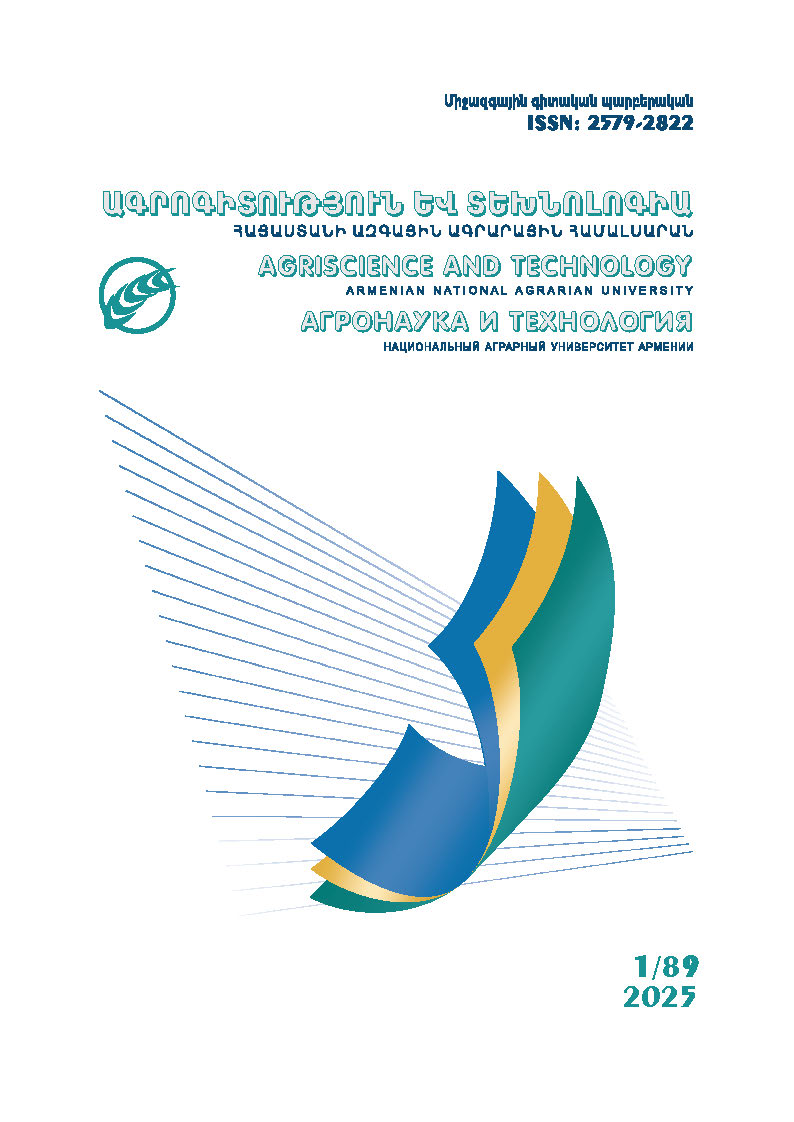Therapeutic and Preventive Measures of Bovine Babesiosis
DOI:
https://doi.org/10.52276/25792822-2025.1-71Keywords:
babesiosis, blood, cattle, ELISA, PCRAbstract
Bovine babesiosis is a widespread, seasonal, vector-borne disease in the Republic of Armenia. The primary vectors responsible for transmission are pasture ticks of the Rhipicephalus genus. A notable characteristic of the babesiosis pathogen's life cycle is its transovarial transmission — from an infected, sexually mature tick to its larvae — allowing the pathogen to persist across multiple tick generations. Consequently, tick habitats serve as potential sites for the infection of livestock. When animals are housed in a manger, the risk of babesiosis infection is significantly reduced due to limited exposure to ticks. The objective of this study is to examine the impact of babesiosis pathogens on bovine hematological parameters, compare the efficacy of various diagnostic methods, and simultaneously identify the most effective pharmaceutical treatments and preventive measures. Bovine babesiosis alters the composition of blood elements: red blood cell count and hemoglobin levels decrease, while white blood cell count increases. Polymerase Chain Reaction (PCR) testing is considered a highly effective diagnostic tool for detecting the disease.
Downloads
Published
How to Cite
Issue
Section
License
Copyright (c) 2025 Valeri Grigoryan, Gayane Petrosyan, Spartak Yeribekyan, Liana Grigoryan

This work is licensed under a Creative Commons Attribution-NonCommercial 4.0 International License.
Creative Commons Attribution-Non-Commercial (CC BY-NC). CC BY-NC allows users to copy and distribute the article, provided this is not done for commercial purposes. The users may adapt – remix, transform, and build upon the material giving appropriate credit, providing a link to the license. The full details of the license are available at https://creativecommons.org/licenses/by-nc/4.0/.





